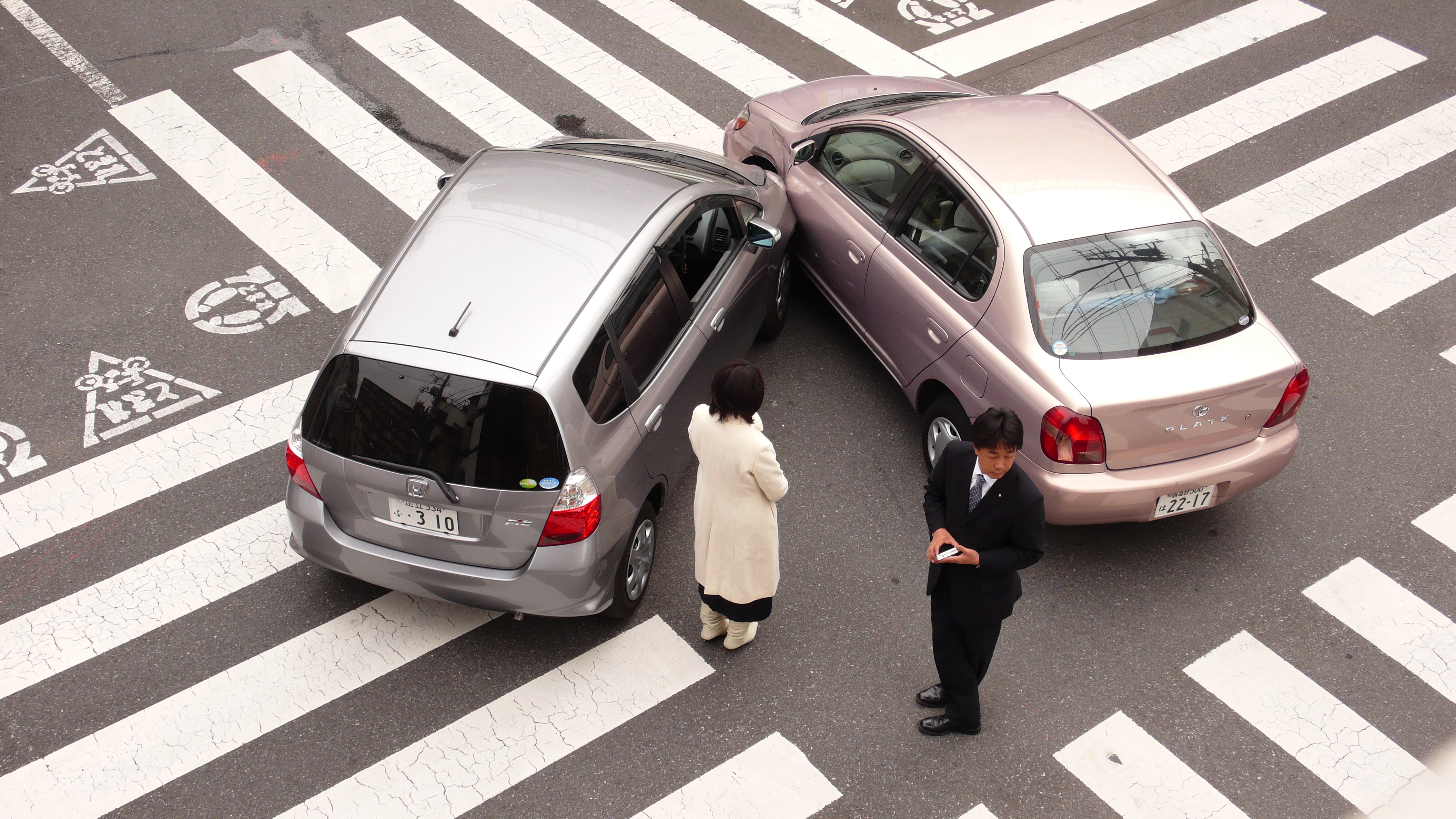Motorcyclists in Colorado are familiar with the term ‘lane splitting,’ but what does it really entail and why is it a hot topic of debate? Lane splitting, or filtering, is the practice of a motorcyclist passing between lanes of slower-moving traffic or sharing a lane next to another vehicle. While it might seem like a smart move in certain situations, such as avoiding a rear-end collision, Colorado law has traditionally been clear: lane splitting is illegal and could lead to tickets or even reckless driving charges.

The controversy around lane splitting stems from its perceived benefits and risks. Proponents argue that it allows motorcyclists to navigate through dense traffic more efficiently, potentially improving overall traffic flow and helping riders escape extreme weather conditions more quickly. However, the state’s House Committee rejected a bill in 2016 that would have legalized lane splitting under certain conditions, citing safety concerns. The worry is that lane splitting can startle other drivers, leading to accidents, and disrupt traffic flow.
Despite the risks, there are scenarios where lane splitting could potentially help a motorcyclist avoid an accident. For instance, if a vehicle in front suddenly brakes, a motorcyclist could maneuver between lanes to prevent a collision. Yet, opponents point out that such actions could also lead to accidents, as startled drivers might swerve, causing further collisions.
If you find yourself in a motorcycle accident, it’s crucial to understand Colorado’s fault system. You’ll need to prove how the accident happened and identify the at-fault driver to succeed in any recovery efforts. While insurance may cover some damages, severe motorcycle accidents often result in catastrophic injuries that exceed insurance limits, leading to the need for a personal injury claim.

In the case of an accident caused by lane splitting, the motorcyclist is likely to bear the liability since the practice is illegal. If you’re uncertain about establishing liability, consulting with an experienced attorney is essential. They can help prove fault and potentially recover more compensation than you might expect.
It’s also important to note that while lane splitting is illegal, Colorado law does permit two motorcyclists to ride side by side in the same lane, which can improve visibility and safety, especially at night.
In the unfortunate event of an accident involving lane splitting, the driver who split the lane typically bears responsibility for the damages. Legal representation can be invaluable in such cases, helping to gather evidence and navigate the complexities of insurance claims and personal injury lawsuits.
Lane splitting accidents can result in severe injuries for motorcyclists due to their vulnerability and exposure. Helmets and riding gear offer limited protection, and the risk of being thrown under the wheels of another vehicle is a grim possibility.
Colorado’s modified comparative fault rule may come into play in lane splitting cases, potentially reducing the compensation a motorcyclist can recover if they are found partially at fault. If a motorcyclist’s fault exceeds 50%, they may be barred from recovering any compensation.
While lane splitting may offer some advantages to motorcyclists, the legal and safety implications in Colorado make it a practice to avoid. Understanding the laws and seeking legal counsel when necessary can help motorcyclists navigate the aftermath of an accident and ensure they are taking the right steps towards recovery.
Related posts:
2024 Is Lane Splitting Legal in Colorado? – Motorcycle Laws CO
Is Lane Splitting Legal in Colorado? (2024) – Motorcycle Laws CO
Colorado Makes Lane Filtering Legal For Motorcyclists, But There’s A Catch





.jpg)